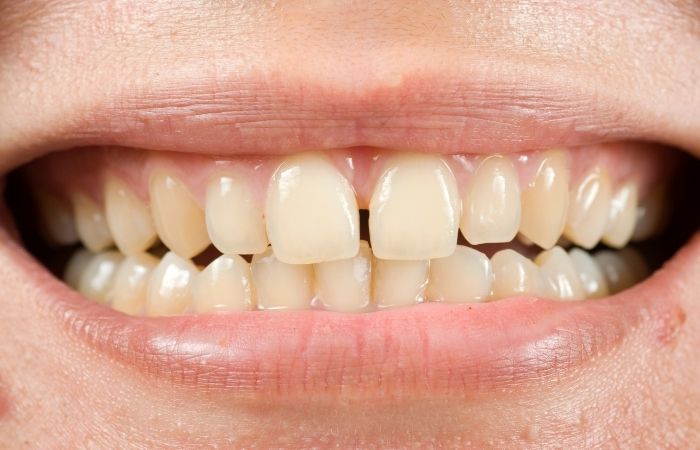
Your child has visited the dentist and had a cavity. To your surprise, your dentist recommended extracting the tooth instead of filling the cavity.
Or your child has enamel hypoplasia, a developmental defect that has resulted in inadequate amounts of enamel on their teeth. The lack of enamel has resulted in a copious amount of decay, requiring tooth extractions.
Or your child has taken a vigorous approach to sports and outdoor activities and has knocked out a baby tooth.In all of these situations, your child now has a space where a tooth should be. If the space is left unattended, the surrounding teeth will most likely shift to fill the gap. This could cause problems later when it is time for the adult teeth to grow in. The occlusions and misalignments that could potentially happen could lead to costly and complex orthodontic treatment that neither you nor your child would like to undertake.
To prevent this problem, your dentist has suggested a space maintainer.
What Is a Space Maintainer?
A space maintainer is exactly what it sounds like: a dental appliance used to maintain the space that a missing baby tooth would normally occupy.
How Long Will Your Child Need To Use a Space Maintainer?
A space maintainer would be used as long as possible, ideally, until the adult or the permanent tooth has grown in properly.
Is There More Than One Kind of Space Maintainer?
There are several different types of space maintainers. Which you use depends on the location of the missing tooth and the child’s specific needs.
What Is the Most Common Type of Space Maintainer?
The most common space maintainer is a band and loop maintainer. In this case, a band is attached to a neighbouring tooth and a metal loop extends into the space where the missing tooth should be. This loop touches the tooth on the other side of the space. The wire loop discourages the teeth from shifting and maintains the space, allowing the adult tooth to grow in when the time is right.
A benefit of this type of space maintainer is that it is a permanent solution, allowing both child and parent to rest easily knowing the space is being maintained. Some difficulties of this type of space maintainer are that it can be unsightly, depending on the location in the mouth. It can require adjustment as time goes on to avoid irritation to growing gums, and it also can become dislodged with prolonged use and need to be replaced.
What If My Child Doesn’t Have a Neighbouring Tooth Yet?
If your child is too young to have the neighbouring teeth that make the band and loop system work, your dentist may employ a distal shoe space maintainer instead. The distal show can be installed into the gum line and can maintain the space necessary for the adult tooth to eventually grow in.
This solution can help very young children avoid complex orthodontics later, but will require regular monitoring from your dentist until the adult teeth protrude.
What If My Child and I Prefer a Non-Permanent Option?
There are removable space maintainers that may work for you. These can be an especially good option for children whose teeth are almost ready to grow in. There are many options that can be customized for your child’s specific needs and desires, including clear braces, acrylic maintainers, and devices with artificial teeth attached to them.
These removable space maintainers may be more comfortable and cosmetically appealing to your child, but they require vigilant use and may not be as effective as permanent solutions at maintaining the space an adult tooth requires.
Teeth space maintainers are a convenient and important device that can help prevent costly problems later for children who prematurely lose their baby teeth. Discuss these options with your dentist to decide what may be best for you and your child.
Hey welcome to my blog . I am a modern women who love to share any tips on lifestyle, health, travel. Hope you join me in this journey!

Speak Your Mind